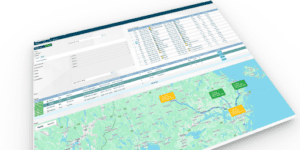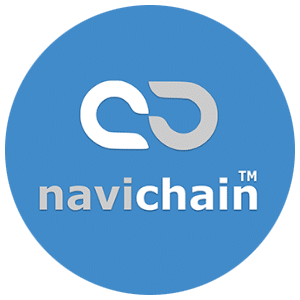
Digitized Proof of Delivery (POD)
The Navichain driver app includes a digitized Proof of Delivery (POD) feature. This feature captures digital signatures on delivery, automatically links the signed document (waybill photo) to the corresponding shipment record within the application, and provides real-time access to this POD information for authorized users. The digital signature capture replaces traditional paper signatures. The automated linking eliminates manual document association. The real-time access component allows dispatchers, customers, and managers to instantly view the POD status and associated documentation. The system stores POD documents digitally.







